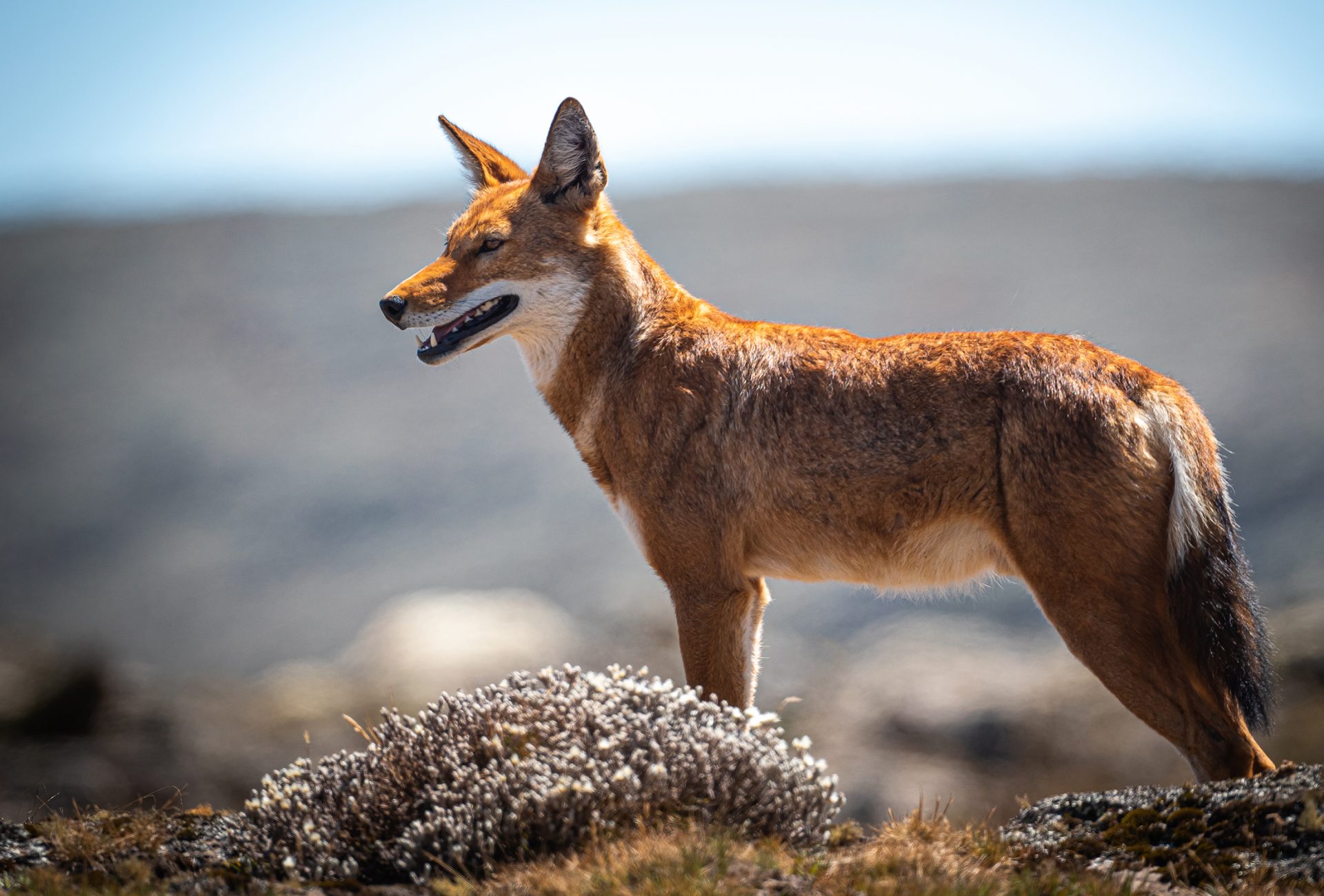
Save the Ethiopian Wolf from Extinction
Support More Work Like ThisSupport More Work Like ThisThe availability of clean water in the Ethiopian highlands has driven human encroachment and led to habitat loss for rare species.
-
Species at Risk
3 species
-
Carbon stored
121,000 mT*
*(metric tons of CO2 equivalents) -
Partner
Afromontane Biodiversity Conservation in Ethiopia
-
6,672 Proposed Acres Conserved by
Designation
-
Project Cost: $158,656

6,672
The availability of clean water in the Ethiopian highlands has driven human encroachment and led to habitat loss for rare species.
-
Species at Risk
3 species
-
Carbon stored
121,000 mT*
*(metric tons of CO2 equivalents) -
Partner
Afromontane Biodiversity Conservation in Ethiopia
-
6,672 Proposed Acres Conserved by
Designation
-
Project Cost: £119,290

6,672
Stop biodiversity loss in Ethiopia
The Ethiopian highlands, or the “Roof of Africa,” comprise the largest alpine habitat on the African continent and are highly biodiverse. Water from the highlands feeds the Blue Nile River, supporting millions of people in the lowlands. This reliability of clean water has led to increasing human population in the region, with associated land clearing for agriculture and a severe drop in biodiversity.
Rainforest Trust and our local partner Afromontane Biodiversity Conservation in Ethiopia seek to establish the 6,672-acre Anaz Guassa Community Conservation Area next to an adjacent protected area. Together, the two sites will safeguard approximately 20,000 acres and secure habitat for Endangered Ethiopian Wolves, Geladas (baboons), African Wolves and other endemic and threatened wildlife.
Did you know?
of remaining Endangered Ethiopian Wolves are supported on this property.
Explore the Ethiopian Highlands
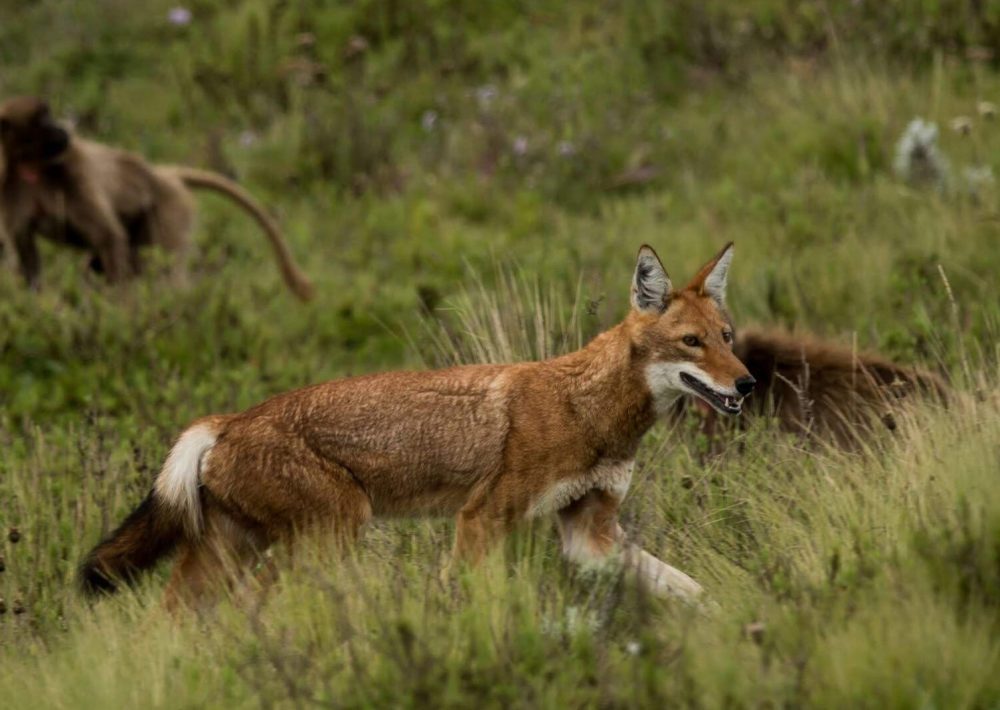
The beautiful Ethiopian Wolf, by Jeff Kerby
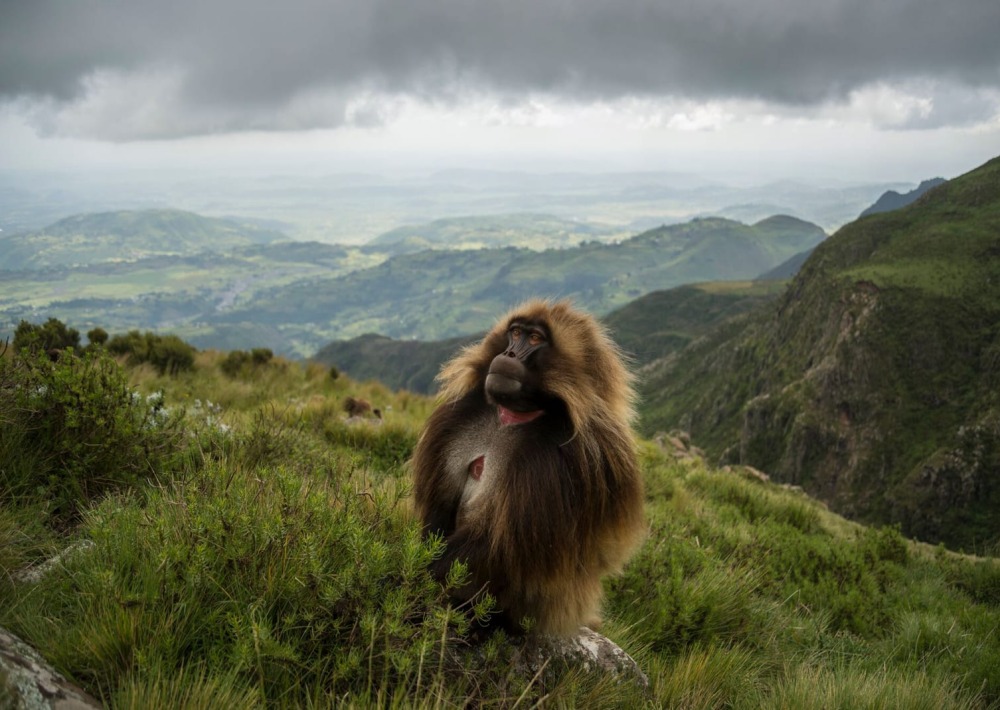
The Gelada of Ethiopia, by Jeff Kerby
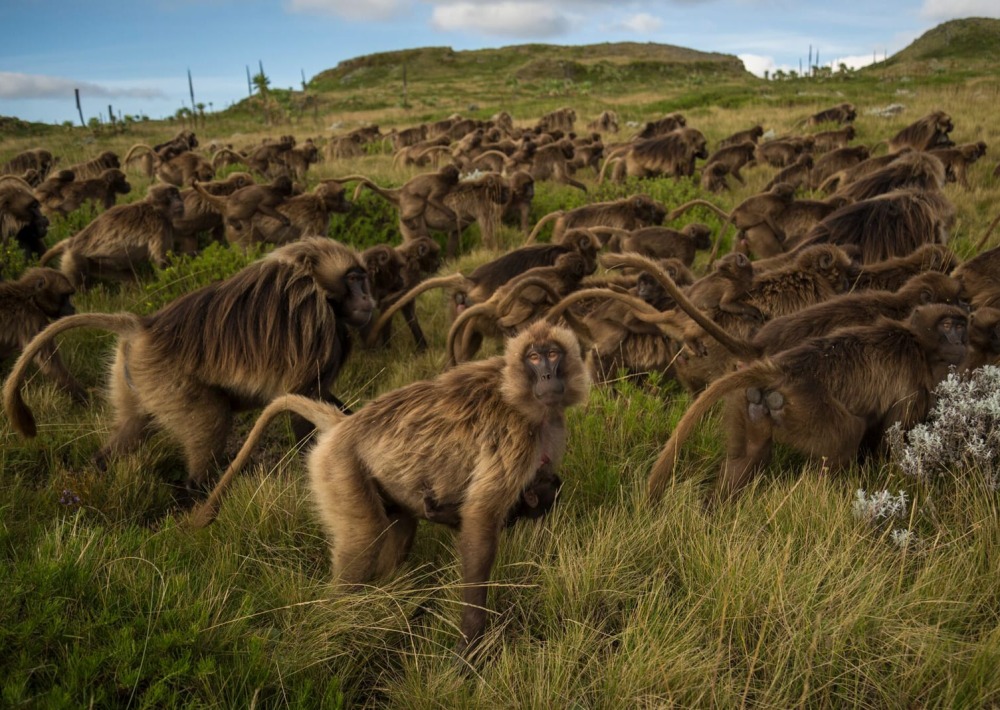
Group of Geladas in Ethiopia, by Jeff Kerby
Help rare wolves thrive
The Endangered Ethiopian Wolf is one of the world’s rarest canids, with less than 400 surviving in the wild. The proposed conservation area can support around 40 individuals. Protecting this specific subpopulation is vital since threats like rabies and hybridization with domestic dogs haven’t yet reached these wolves.
The proposed protected area addresses one of the major barriers to Ethiopian Wolf population growth: competition for food and territory. The area has high rodent density, a favorite food. It is also home to 20 other mammal species and 114 bird species (14 endemic to Ethiopia) and provides a wintering ground for 38 species of migratory birds.
Support a collaborative community solution
The main threat to species in the Ethiopian highlands is habitat loss from overgrazing and unsustainable use of natural resources such as firewood. Human persecution of wolves is also a problem.
Our partner will work with local communities to create consensus around setting boundaries and managing the new protected area. Residents will be employed to patrol the new reserve with government support. Ecotourism will also be developed to help ensure the financial sustainability of the protected area.
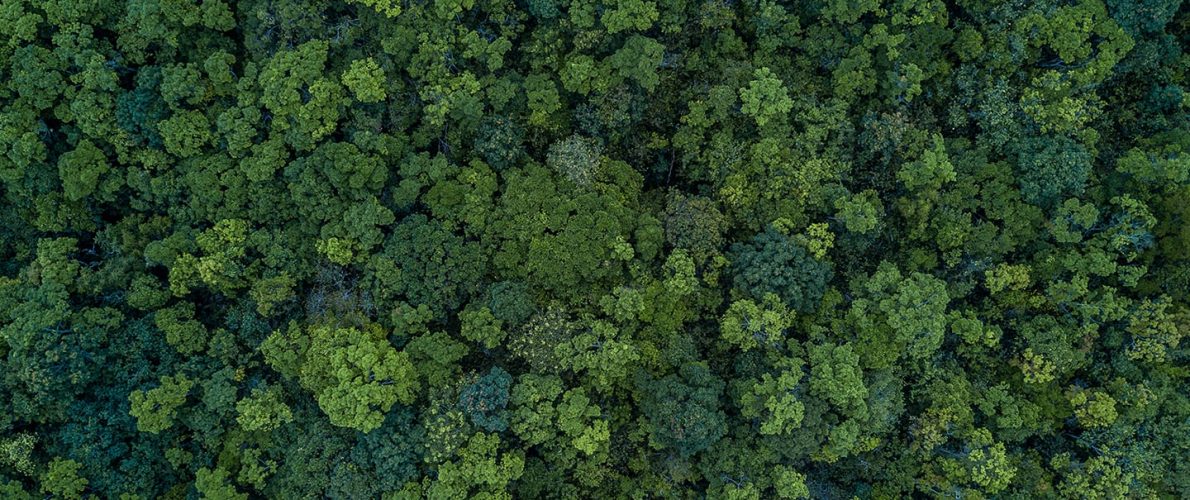
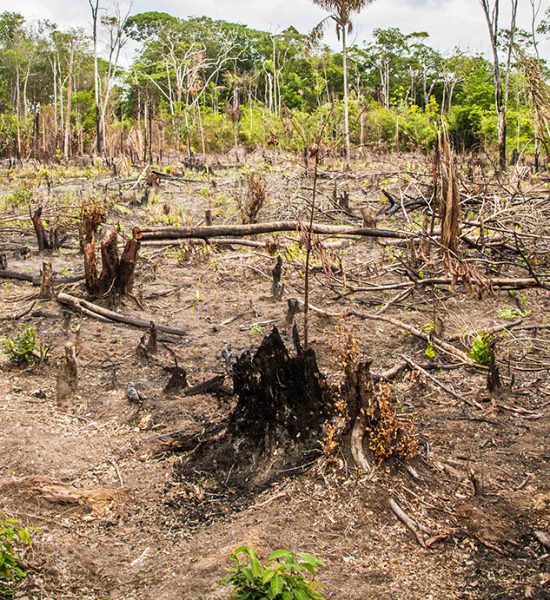

Sign up to receive the latest updates
"*" indicates required fields

100% of your money goes to our conservation efforts
Our board members and other supporters cover our operating costs, so you can give knowing your whole gift will protect rainforests.
